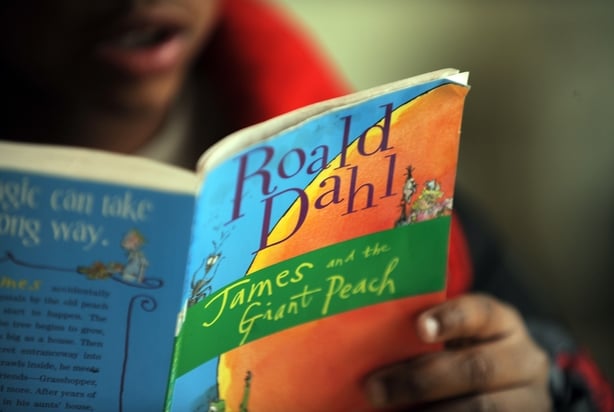Daráine Mulvihill writes about her tried and tested ways to introduce Gaeilge into her childrens' lives at an early age.
Seachtain na Gaeilge inspires many of us to use our cúpla focal, and if you have young children at home, why not get them involved too? A pre-school aged child is busy picking up new words and phrases all the time – they are like sponges at this stage and it is a perfect time to add a few Irish words to their repertoire!

Studies show that exposure to a language at an early age will boost chances of learning that language. So if you'd like to introduce your child to some Gaeilge, but aren’t sure where to start, here are a few tips….
1. Easy Words: Use simple words as Gaeilge for everyday things and use those words all the time. For example you can say "we’ll put on your cóta" rather than coat or "It is time for dinnéar" in place of dinner or "Lámha suas" when you want them to raise their hands while getting dressed. "Oíche mhaith" instead of "Goodnight" can be said as part of their bedtime routine, followed by "Coladh sámh" which means sweet dreams. The children won’t label words specifically as Irish or English but they’ll have a knowledge and understanding of the words and will recognize them when they start to learn Irish in a more formal way at school.
2. Numbers: Playing little games while jumping outside or stacking bricks you can use the numbers as Gaeilge - A haon, a dó, a trí, is also a nice way to incorporate the language. As they get older, they can build up to a deich and will be proud to be able to list them off by heart. Including the uimhreacha in little Nursery Rhymes will also bring the language alive in a more vibrant way for them. There are many CDs and books available with Nursery Rhymes as Gaeilge.
3. Little Phrases: Once you’ve built some Irish words into their vocabulary, you can build on them by including some short phrases. Simple expressions that are often used like; Más é do thoil é rather than please, Go raibh maith agat in place of thank you, Dún an doras instead of close the door and one they are sure to like Ar mhaith leat uachtar reoite / bainne / leabhar a léamh? There is no need for them to respond in Irish yet because understanding the phrases is enough for now.
4. Reading! Children love books with bright pictures and simple stories. There are a wide selection now in print and most bookshops in Ireland will stock a few - ask your local store for information. Siopaleabhar.com have an excellent range of picture books available for small children. My two little ones love the "Bran" series, and they have a few of the "Spot" version of the books in English too, so it’s a nice way to see both languages alive and in action.
5. Playing Games! I bought a packet of cards at Christmas with pictures and words as Gaeilge to play SNAP! We had a lot of fun playing with and matching up the cards, and words like cailín, úll and bláth were learned along the way.
6. Watching tv: If your children are going to watch some television, you could record some of the Irish language programmes on RTÉ Junior like Tír na nÓg or Nelly and Nora. They are also available to watch online: Cúla 4 also have a superb range of cartoons and activities for small children. You can switch to TG4 or go to the Cula4 na nÓg section of the TG4 website.7. Have Confidence: Have confidence in your own knowledge of the language and be interested in finding out how to pronounce the words correctly. Your children will follow your lead. There are some fantastic resources online for finding the pronunciation and meaning of words. Abair.ie allows you to type in a word and it will pronounce it for you and you can search the meaning of a word using online dictionaries like focloir.ie
If you put in a small bit of effort, you will notice that your children start to repeat the words back to you. As long as it’s all done in a fun and open environment you can have a Grá for the Gaeilge at any and every age!
Tús maith, leath na hoibre!

